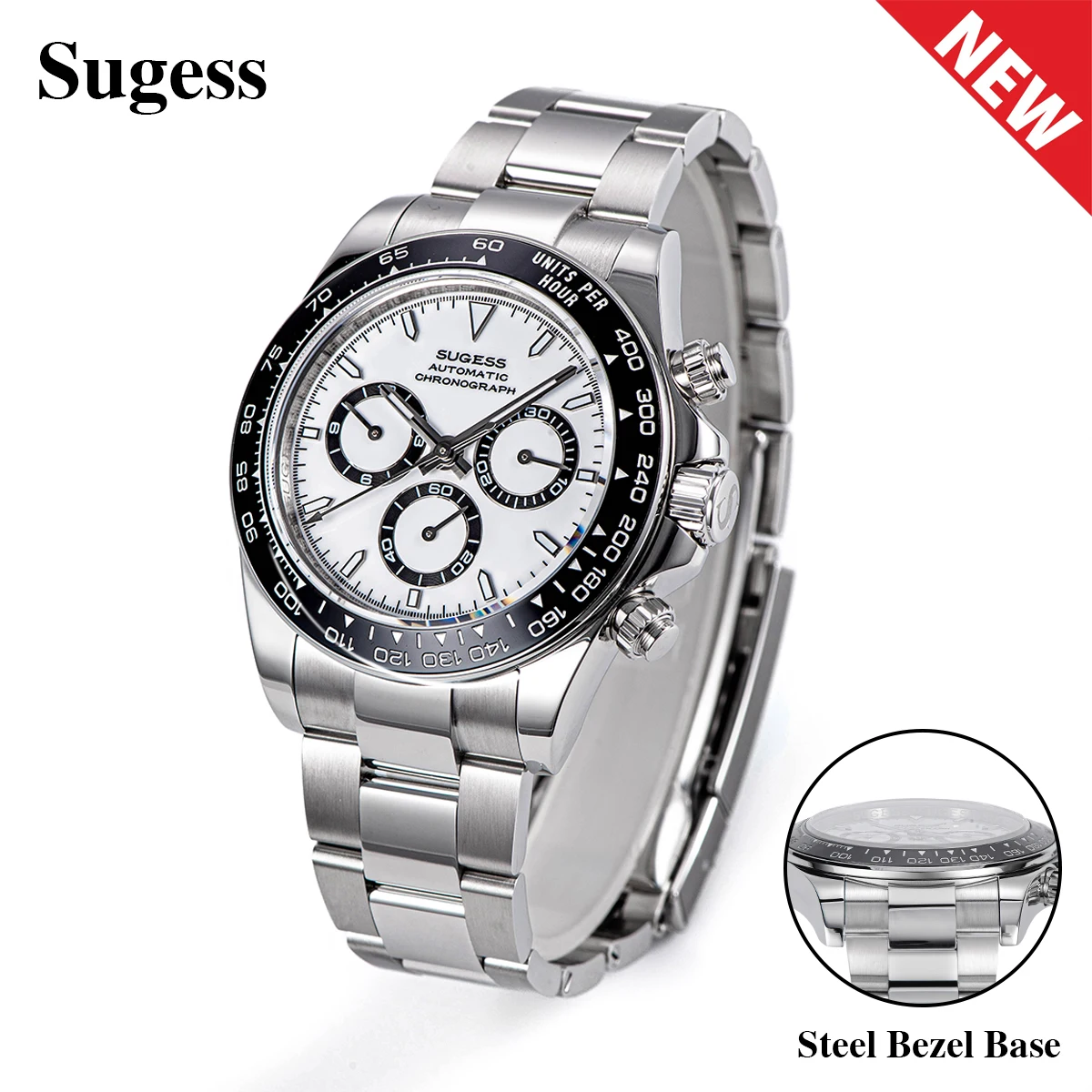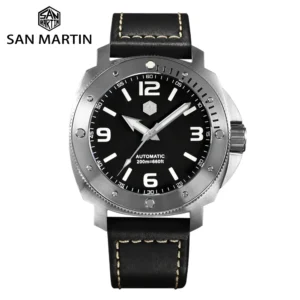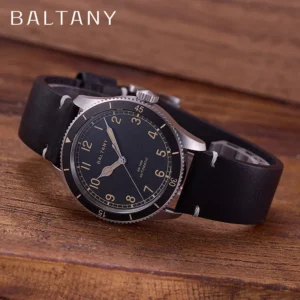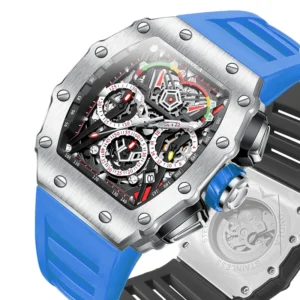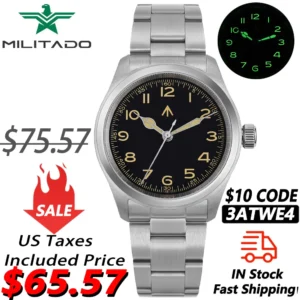Introduction: Beyond Timekeeping – The Science of Survival
A true rugged watch is far more than a marketing term – it represents the pinnacle of precision engineering designed to survive where standard timepieces fail. These remarkable instruments are built on advanced materials science, innovative construction techniques, and relentless durability testing that transforms them from simple timekeepers into survival tools.
In the world of extreme conditions, watches face formidable challenges: violent physical shocks that can destroy delicate internal components, crushing water pressure at depth, temperature extremes that affect accuracy, invisible magnetic fields that disrupt movement, and fine particles that can infiltrate and damage precision mechanisms.
For professionals and adventurers whose lives may depend on reliable timekeeping, watch durability isn’t just a preference – it’s essential. Military personnel, deep-sea divers, mountain climbers, and polar explorers have long relied on specialized timepieces where failure isn’t an option.
The evolution of these durable watches spans from the early military field watches of the world wars to today’s technical marvels that combine traditional watchmaking with cutting-edge materials. Modern rugged watch cases for outdoor adventures showcase how far this specialized field has advanced.
This exploration will take us deep into the technical innovations that enable modern watches to withstand what would seem impossible – from the crushing depths of ocean trenches to the extreme impacts of combat environments.
Case Construction: The Armor Against the Elements
The watch case serves as the primary defense system against environmental threats. Its design, materials, and construction techniques determine how effectively it can protect the delicate mechanism within.
Material Science at Work
Stainless Steel Variations
Not all stainless steel is created equal. The industry standard 316L offers excellent corrosion resistance with 2-3% molybdenum content, while premium 904L (used in high-end dive watches) contains nearly twice that amount, providing superior resistance to highly corrosive saltwater environments.
Titanium Advantages
Titanium delivers exceptional strength at roughly half the weight of steel, making it ideal for expedition watches where every ounce matters. Its natural biocompatibility prevents skin irritation during extended wear, while its resistance to corrosion surpasses even high-grade steel. The engineering behind adventure watch cases often relies on titanium for these superior properties.
Composite Materials
Carbon fiber composites offer extraordinary strength-to-weight ratios while absorbing shock that would transmit through metal. Advanced polymers like reinforced polycarbonate provide remarkable impact resistance at a fraction of metal’s weight. These materials excel in applications where impact protection is paramount.
Ceramic and Exotic Materials
Ceramic watch cases offer virtually unscratchable surfaces with a hardness approaching sapphire, while materials like bronze develop unique patinas that actually strengthen the outer protective layer over time through oxidation.
Construction Techniques
Modern best materials for outdoor watch cases are only part of the durability equation. Construction methods significantly impact performance:
- Monobloc cases eliminate potential water ingress points by machining the entire case from a single block of material
- Protective shrouds provide additional impact barriers for vulnerable components
- Reinforced crown systems use threaded tubes and multiple gaskets to protect the most common entry point for water
- Specialized case backs employ extra-thick designs with multiple sealing points to maintain integrity under pressure
The entire case architecture in titanium automatic watches and other rugged timepieces is engineered with overlapping defense systems that ensure no single impact or stress point can compromise the integrity of the whole.
Shock Resistance: Surviving Impacts and Drops
When a watch experiences a sudden impact, the force transfers through the case and threatens the delicate balance wheel and escapement – components that oscillate with movements as small as a human hair’s width. Without protection, even modest impacts can bend pivots, break jewels, or distort the hairspring.
Internal Shock Protection Systems
The cornerstone of shock protection lies in specialized systems that isolate the balance staff (the most vulnerable component) from impact forces:
- Incabloc systems use a lyre-shaped spring that allows the bearing jewel to move slightly during impact before returning to its original position
- Diashock designs employ differently shaped springs for the same purpose but with unique response characteristics
- KIF shock absorbers use a slightly different approach with alternative spring geometry
More advanced solutions include:
- Floating movement mounts that suspend the entire mechanism on elastic materials
- Gel encasement systems that surround critical components with impact-absorbing material
Leading ultimate guide to shock resistance watches reveal that these systems can protect movements from falls exceeding 1,000 times the force of gravity.
External Shock Protection
The case itself forms the first line of defense:
- Raised bezels extend beyond the crystal surface, preventing direct impact
- Strategic use of cushioning materials at points of likely impact
- Buffer zones between the case and movement
Industry Standards and Testing
For a watch to be truly considered shock resistant, it must meet specific criteria:
- ISO 1413 certification requires survival of an impact equivalent to being dropped from 1 meter onto a hardwood surface
- MIL-STD-810G/H goes further, subjecting watches to specialized shock tests that simulate combat conditions
- Manufacturer testing often exceeds these standards, with some rugged automatic watches tested to withstand impacts equivalent to hammer strikes
Water Resistance: Engineering for Depths
Water resistance represents one of the most misunderstood aspects of watch specification. The numbers on the dial (30m, 50m, 100m, etc.) do not directly translate to actual diving depths but rather to static pressure testing conditions.
Understanding Water Resistance Ratings
- 3 ATM/30m: Resistant to rain and splashes only
- 5 ATM/50m: Suitable for swimming but not diving
- 10 ATM/100m: Appropriate for recreational snorkeling
- 20 ATM/200m: Suitable for recreational scuba diving
- 30+ ATM/300m+: Professional diving capabilities
Critical Sealing Technologies
Water resistance depends on sophisticated sealing systems:
- Gasket materials and design: Specialized compounds like Nitrile rubber and Viton provide both compression recovery and chemical resistance
- Screw-down crown systems: Thread-locked crowns compress multiple gaskets when tightened
- Crystal mounting techniques: Special adhesives and compression fittings maintain seal integrity under pressure
- Case back engineering: Threaded or compression-fit backs with multiple sealing points
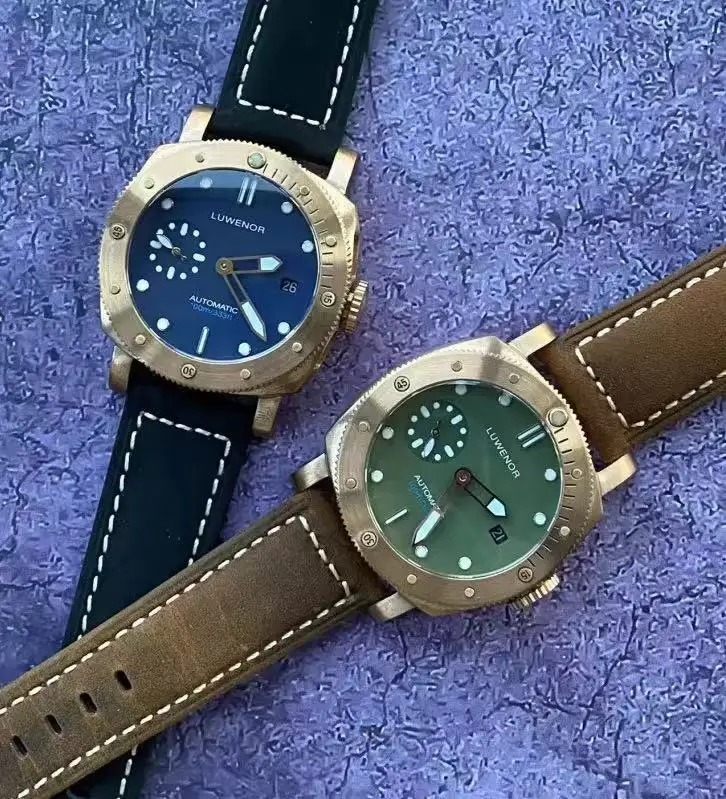
Professional Dive Watch Standards
The ISO 6425 standard separates authentic dive watches from marketing claims, requiring:
- Water resistance to at least 100 meters
- Thermal shock resistance (rapid temperature changes)
- Pressure testing at 125% of rated depth
- Condensation resistance testing
- Visibility testing in total darkness
For extreme depths, specialized features become critical:
- Helium escape valves allow trapped helium molecules to exit during decompression
- Oil-filled cases eliminate air space that would compress under pressure
- Extra-thick crystals resist deformation under extreme pressure
Professional-spec dive watches incorporate these technologies to ensure reliability when lives depend on proper timekeeping at depth.
Temperature and Environmental Challenges
Watches must maintain accuracy and functionality across temperature extremes that would render ordinary timepieces useless.
Extreme Cold Challenges
In Arctic conditions and high-altitude environments, watches face several obstacles:
- Lubricant thickening: Standard oils become viscous, slowing the movement
- Battery performance degradation: Chemical reactions slow dramatically
- Material brittleness: Components become more susceptible to breakage
Engineering solutions include specialized synthetic lubricants that maintain viscosity at temperatures as low as -40°F (-40°C), thermally insulated cases that trap movement-generated heat, and low-temperature battery technologies.
Extreme Heat Management
Desert environments and high-temperature applications create different challenges:
- Lubricant breakdown: Oils can thin excessively or evaporate entirely
- Thermal expansion: Precision fits can become binds as metals expand
- Gasket degradation: Sealing materials can lose elasticity or deform
Advanced solutions include thermally-stable lubricants rated to 180°F (82°C), specially-matched expansion coefficients between components, and high-temperature resistant gasket compounds.
Particulate Resistance
Sand, dust, and fine particles represent a significant threat to watch mechanisms:
- Enhanced gasket designs with labyrinth seals block particles too small for the eye to see
- Special crown designs with additional protective sleeves
- Filtered pressure equalization systems that allow pressure equalization without allowing particulate entry
The understanding of durability factors in rugged watches reveals that these environmental protections often work together as a system, especially in automatic field military watches designed for deployment in multiple environments.
Magnetic Field Protection: The Invisible Threat
Magnetic fields represent an invisible but pervasive danger to mechanical watches. When a watch movement becomes magnetized, the hairspring coils stick together, dramatically altering the timekeeping rate and potentially causing permanent damage.
Magnetic Field Effects
Even everyday items generate significant magnetic fields:
– Refrigerator magnets: 5-10 gauss
– Tablet magnetic covers: 20-100 gauss
– MRI machines: 15,000+ gauss
A standard mechanical watch begins experiencing problems at just 60-80 gauss exposure.
Anti-Magnetic Technologies
Protection systems have evolved from simple to sophisticated:
- Soft iron inner cases create a Faraday cage that redirects magnetic fields around the movement
- Silicon and non-ferrous components replace traditional ferrous metal parts in the escapement
- Complete non-magnetic movements utilize materials like Nivachron™ and Glucydur that remain unaffected by magnetic fields
Certification Standards
The base ISO 764 standard requires resistance to 4,800 A/m (approximately 60 gauss), but modern high-performance watches can withstand fields exceeding 15,000 gauss – strong enough to resist direct contact with powerful rare-earth magnets.
Crystal Technology: Clarity Meets Durability
The crystal (watch face) represents a critical vulnerability in any timepiece – it must maintain perfect clarity while resisting impacts and scratches.
Crystal Material Comparison
- Mineral glass: Heat-treated for improved hardness (5-6 on Mohs scale)
- Hardened mineral (like Seiko’s Hardlex): Chemical strengthening improves scratch resistance
- Sapphire crystal: Virtually unscratchable at 9 Mohs hardness (only diamond is harder)
- Acrylic/Plexiglass: Lower scratch resistance but superior shatter resistance
Modern tactical automatic watches typically employ sapphire crystal with specific thickness profiles designed for impact resistance.
Crystal Design Factors
- Thickness gradient: Thicker at center, tapering toward edges
- Shape optimization: Slight doming increases pressure and impact resistance
- Edge seating: Compression mounting improves shock transfer
- Anti-reflective treatments: Applied in multiple layers for clarity while maintaining durability
The crystal’s mounting method is equally crucial – flexible gaskets allow slight movement during impact while maintaining water resistance.
Movement Durability: The Heart of Resilience
A watch’s movement—its engine—must continue functioning precisely despite environmental challenges.
Quartz vs. Mechanical Durability
Quartz movements offer inherent advantages in extreme conditions:
– Fewer moving parts (typically 50-100 vs. 200+ in mechanical)
– No need for consistent power delivery from a mainspring
– Less susceptibility to positional errors
– Temperature-compensated oscillators that maintain accuracy
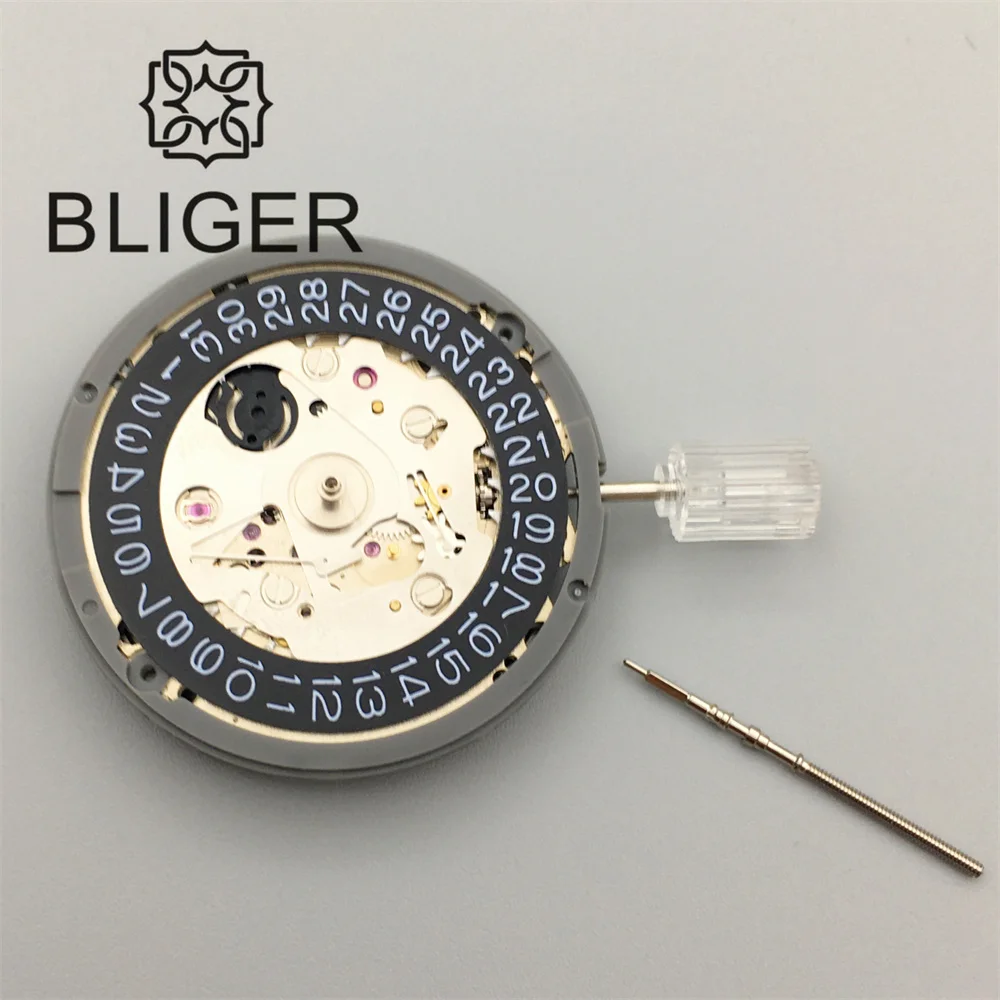
Mechanical movements require special engineering for durability:
– Robust balance wheel designs with adjustable moment of inertia
– Advanced mainsprings with unbreakable alloys and special attachments
– Stronger gear train components with optimized tooth profiles
– Additional jewels at wear points beyond the basic requirements
The advantages of titanium watches being lightweight yet strong extend to movement protection, as their lighter cases transmit less shock energy to the movement during impacts.
Straps and Bracelets: The Critical Connection
The connection between watch and wrist represents a potential failure point often overlooked in durability discussions.
Material Selection for Extreme Environments
- Metal bracelets: Solid end links and screwed links prevent stretching and accidental release
- Rubber/Silicone: Resist chemical exposure, UV degradation, and extreme temperatures
- NATO/Zulu straps: Redundant attachment prevents total loss if one spring bar fails
- Specialized composites: Materials like reinforced textile weaves offer unique combinations of strength and comfort
Attachment Security
- Deployment clasps with multiple locking mechanisms prevent accidental opening
- Quick-release extension systems allow fitting over exposure suits without removing the watch
- Spring bar alternatives like screw bars provide significantly stronger attachment points
Environmental comfort factors include non-absorbent materials for wet conditions, breathable designs for hot environments, and non-conductive options for extreme cold.
Professional Validation: Real-World Proof of Performance
The ultimate test of any rugged watch lies in its actual performance in extreme environments.
Military and Special Operations
Watches designed for military use face multiple simultaneous challenges:
– Impact resistance during combat operations
– Water resistance during amphibious operations
– Magnetic resistance near equipment and weapons systems
– Stealth requirements (non-reflective finishes, limited light emission)
The complete history of field watches in military applications demonstrates how these timepieces have been validated in the most demanding conditions imaginable.
Exploration and Extreme Sports
Watches accompanying expeditions face unique challenges:
– Extended duration without maintenance
– Multiple environmental extremes in sequence
– Reliability when backup options are unavailable
– Accuracy requirements for navigation and timing
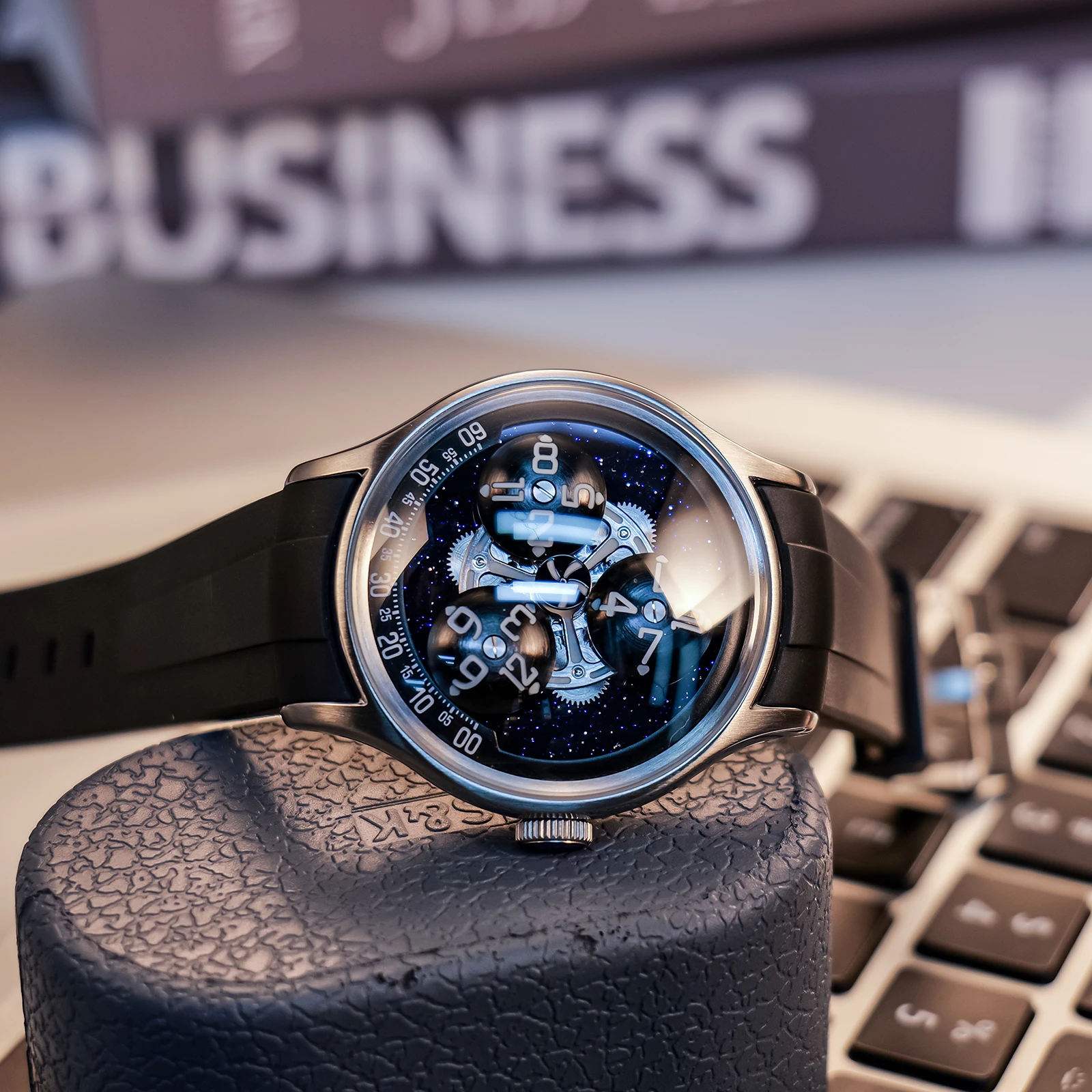
Certification Standards
Professional validation is formalized through rigorous certification processes:
– ISO 6425: Complete testing regime for dive watches
– ISO 1413: Shock resistance verification
– ISO 764: Magnetic resistance standards
– COSC/METAS: Chronometric precision under varying conditions
– MIL-STD-810: Comprehensive environmental testing protocol
These standards represent minimum requirements that truly exceptional watches often significantly exceed.
Is a Rugged Watch Right for You? How to Choose the Perfect Match
Selecting the ideal rugged watch requires matching capabilities to your specific needs:
- Identify your primary activity: Different pursuits demand different specializations
- Assess environmental extremes: Will you face water pressure, impacts, temperature variations?
- Consider practical limitations: Extremely rugged watches often mean increased size and weight
- Balance features against comfort: The most durable watch serves no purpose if it’s too uncomfortable to wear
For many users, the definitive guide to watch design for survival offers insights into matching watch features with specific environments and challenges. Those choosing the perfect watch for outdoor adventures will want to prioritize features relevant to their specific activities.
Military Inspired Automatic Watches, Rugged Automatic Watches, Tactical Automatic Watches
Price range: $852.14 through $994.60 Select options This product has multiple variants. The options may be chosen on the product pageBronze Automatic Watches, Military Inspired Automatic Watches, Professional Spec Dive Watches
Price range: $1,442.21 through $1,442.82 Select options This product has multiple variants. The options may be chosen on the product pageProfessional Spec Dive Watches, Titanium Automatic Watches
$574.74 Select options This product has multiple variants. The options may be chosen on the product pageClassic Pilot Watches, Military Inspired Automatic Watches
$561.00 Select options This product has multiple variants. The options may be chosen on the product pageRugged Automatic Watches, Unique Automatic Watches
Price range: $228.96 through $231.10 Select options This product has multiple variants. The options may be chosen on the product pageClassic Field Watches, Military Inspired Automatic Watches
Price range: $280.87 through $338.51 Select options This product has multiple variants. The options may be chosen on the product page
The value proposition varies significantly between users. A weekend hiker might need basic water and shock resistance, while a mountaineer requires comprehensive environmental protection and reliable function in sub-zero temperatures.
Do Rugged Watches Need Special Maintenance?
Maintaining a rugged watch properly ensures its capabilities remain intact when needed most.
Maintenance Requirements by Type
Mechanical rugged watches typically require:
– Service intervals every 3-5 years, or more frequently with regular exposure to extreme conditions
– Gasket replacement every 2-3 years to maintain water resistance
– Post-exposure freshwater rinsing (especially after saltwater immersion)
Quartz rugged watches generally need:
– Battery replacement every 2-5 years depending on features
– Gasket inspection and replacement with each battery change
– Similar cleaning protocols following exposure
Post-Exposure Care
After significant environmental challenges:
– Saltwater exposure: Thorough rinsing in fresh water, focusing on rotating bezels and crown areas
– Sand/dust exposure: Careful cleaning with soft brushes around case seams
– Impact events: Checking for timing accuracy and crown function
The balance between DIY maintenance and professional service depends largely on the watch complexity and the tools available. Basic cleaning and bracelet adjustment can typically be performed at home, while pressure testing and internal service require professional equipment.
Can Any Watch Be Made Rugged?
Not all watches have the structural foundations necessary to become truly rugged timepieces.
Inherent Limitations
Standard fashion watches typically lack:
– Appropriate case thickness for pressure resistance
– Gasket systems designed for environmental sealing
– Movement shock protection beyond basic requirements
– Materials selected for durability over aesthetics
Effective Modifications
Some modifications can meaningfully improve durability:
– Aftermarket case protectors provide basic impact resistance
– Crystal replacement (mineral to sapphire) increases scratch resistance
– NATO strap conversion improves attachment security
– Enhanced gasket replacements improve basic water resistance
However, these modifications have clear limitations. The outdoor-ready watch cases features found in purpose-built watches incorporate integrated protection systems that aftermarket solutions cannot match.
For occasional exposure to mild conditions, modifications may suffice. For regular exposure to genuinely extreme environments, purpose-built rugged watches represent not just a preference but a necessity for reliable performance.

